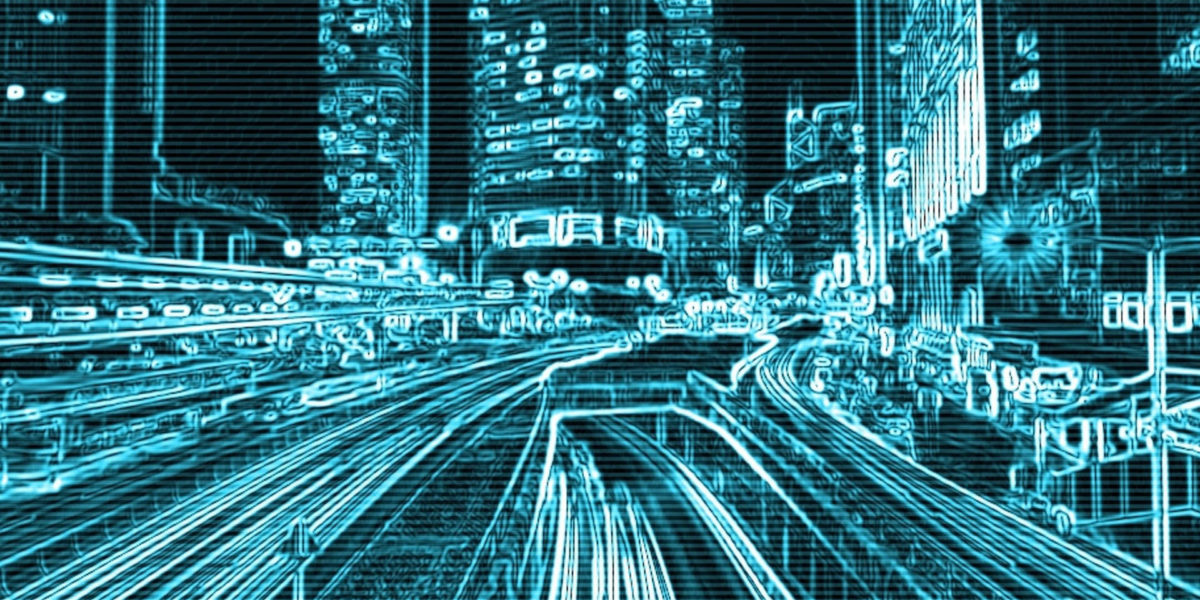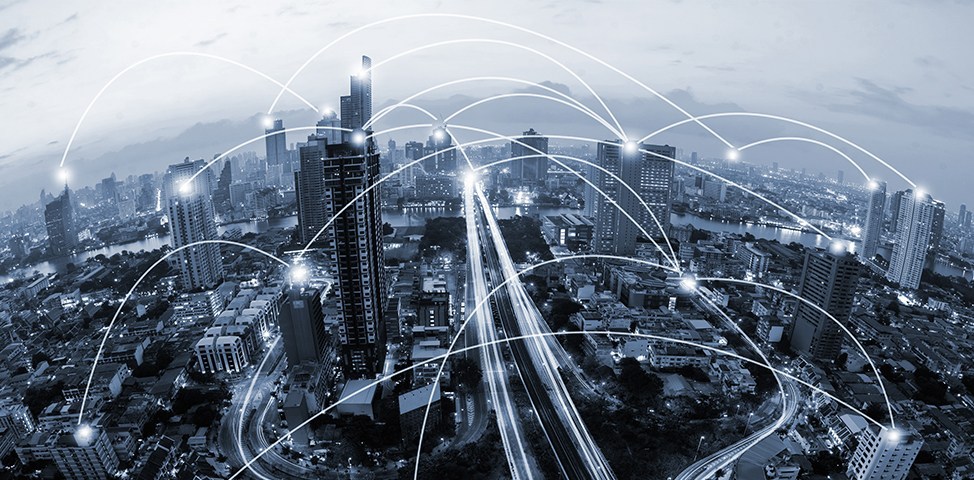Reflecting on our past actions often let us think about “What if I would have decided differently?”. Often, this is combined with some feeling of regret and we wished to would have had a dummy to see the cause and effect before acting in real life. Seen in an abstract manner, but still applicable, is the thought of being in this situation right now as a whole population with regard to climate change and our non-ecological acting over decades. What often hinders people to change their behaviour toward a more sustainable acting is the lack of visualisation and understanding of long-term effects.
A possible solution to this could be given by further improvements in digitalisation and, more specifically, by the Internet of Things (IoT) and the resulting connectivity of objects and systems. IoT refers to the connectivity among heterogeneous objects, devices, and other gadgets equipped with sensors, Radio-Frequency Identification (RFID) tags and other mobile transmitting devices which increasingly surround us (Bauer et al., 2014). Another term which is often mentioned in relation to that technology is ‘Digital Twins’.
Both technologies play a crucial role in multiple industries and are seen as the fundamental technologies for the Industry 4.0. (Lasi et al., 2014). Here, processes got optimized and projects good more accurately planned due to having shifted physical objects and whole manufacturing line to the digital space. Digital Twins are used to have real-life tracking of the objects and processes they represent. In addition, computer software allows people to run simulations with them to analyse possible effects of changes made to the object and how the overall process might be affected (IBM Developer, 2019).
Related to the previously raised problem concerning our earth’s well-being, first companies have no introduced the idea to create a second, digital world (a digital twin) to better forecast long-term effects caused by humans and to gain a better understanding of how climate change still may be stopped. For instance, Descartes Labs raised new money by investors to finance further development of its geo-tracking sensor technology (TechCrunch, 2019). Other companies, such as Iceye expanding investments and research in satellite data generation and analysis (Iceye, 2019). Such companies have realized that, even though the world appeared too big for creating one uniform picture of it, technology and especially sensor-technology has offered new ways to create a proper replication of it. Besides having satellite data providing research with relevant data about the dynamics on the surface, IoT has now started to build up a network of connectivity in which even objects, processes and areas can communicate on a constant basis to exchange information. Such a network of connectivity could lead to a digital twin of our earth with which in-depth research about cause and effect relations could be emphasized. Based on that, population can be provided with a better understanding of how even one’s own actions can affect changes in a positive and negative manner.
But will this be the key for change? What do you think, would you be more aware of your actions and their effects if you could run them in a simulation?
Feel free to leave a comment!
References:
Bauer, H., Patel, M., & Veira, J. (2014). The Internet of Things: Retrieved from: McKinsey at http://www.mckinsey.com/insights/high_tech_telecoms_int ernet/the_internet_of_t hings_sizing_up_the_opportunity.
IBM Developer. (2019). What are digital twins?. [online] Available at: https://developer.ibm.com/articles/digital-twins-and-the-internet-of-things/ [Accessed 14 Oct. 2019].
Iceye. (n.d.). ICEYE Satellite Missions. Retrieved from https://www.iceye.com/resources/satellite-missions.
Lasi, H., Fettke, P., Kemper, H. G., Feld, T., & Hoffmann, M. (2014). Industry 4.0. Business & information systems engineering, 6(4), 239-242.
TechCrunch. (2019). Descartes Labs snaps up $20M more for its AI-based geospatial imagery analytics platform – TechCrunch. [online] Available at: https://techcrunch.com/2019/10/11/descartes-labs-snaps-up-20m-more-for-its-ai-based-geospatial-imagery-analytics-platform/ [Accessed 14 Oct. 2019].


